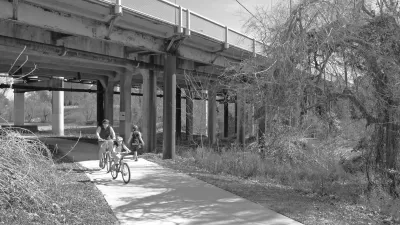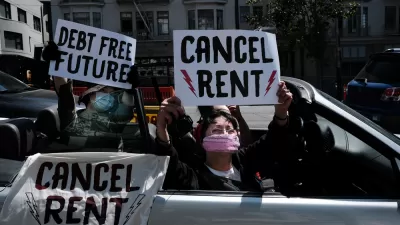For decades, Houston has experienced car-oriented development, giving little attention to other forms of transportation. In recent years, however, rapid population growth and increase in traffic congestion has the city revisiting alternate options

In the developed world, the municipal systems we rely on are largely invisible and universal. In mansions and studio apartments alike, flip a switch and the lights come on; turn a tap and water flows out.
Transportation is a different matter. The way we get from place to place varies greatly, influenced by location, lifestyle, and socioeconomic status. From driving an SUV to cycling or riding the subway, how we choose to navigate our cities is often seen as a reflection of both our personalities and our life circumstances.
But while individual and cultural transit preferences can seem immutable, history proves otherwise. Around the globe, it’s not uncommon for massive shifts in mobility patterns to occur over a relatively short period of time. Deeply influenced by political, technological, economic, ecological, and demographic factors, transportation is constantly shaped by (and shaping) its surroundings.
Case in point: Houston. Long known as a car town, it has made significant progress in diversifying its transit options
The United States’ fourth-largest city by population, Houston has a strong economy and a remarkably diverse population. But this success also brings challenges. Four million additional people are expected to arrive by 2040, with much of the growth occurring in car-dependent subdivisions that continue to expand the metropolitan borders. Officials predict a 60% increase in traffic — difficult to imagine in a city where rush-hour congestion is a common gripe.
As is true of most North American cities, Houston’s car-centric transportation system has many other downsides as well. Maintaining a 25,000-mile road network is difficult and costly. Public health suffers; a 2012 study by local authorities recommended making streets more pedestrian- and bike-friendly to counter obesity and related challenges.
FULL STORY: Houston rethinks mass transit

Alabama: Trump Terminates Settlements for Black Communities Harmed By Raw Sewage
Trump deemed the landmark civil rights agreement “illegal DEI and environmental justice policy.”

Study: Maui’s Plan to Convert Vacation Rentals to Long-Term Housing Could Cause Nearly $1 Billion Economic Loss
The plan would reduce visitor accommodation by 25% resulting in 1,900 jobs lost.

Planetizen Federal Action Tracker
A weekly monitor of how Trump’s orders and actions are impacting planners and planning in America.

Waymo Gets Permission to Map SF’s Market Street
If allowed to operate on the traffic-restricted street, Waymo’s autonomous taxis would have a leg up over ride-hailing competitors — and counter the city’s efforts to grow bike and pedestrian on the thoroughfare.

Parklet Symposium Highlights the Success of Shared Spaces
Parklets got a boost during the Covid-19 pandemic, when the concept was translated to outdoor dining programs that offered restaurants a lifeline during the shutdown.

Federal Homelessness Agency Places Entire Staff on Leave
The U.S. Interagency Council on Homelessness is the only federal agency dedicated to preventing and ending homelessness.
Urban Design for Planners 1: Software Tools
This six-course series explores essential urban design concepts using open source software and equips planners with the tools they need to participate fully in the urban design process.
Planning for Universal Design
Learn the tools for implementing Universal Design in planning regulations.
Caltrans
Smith Gee Studio
Institute for Housing and Urban Development Studies (IHS)
City of Grandview
Harvard GSD Executive Education
Toledo-Lucas County Plan Commissions
Salt Lake City
NYU Wagner Graduate School of Public Service





























